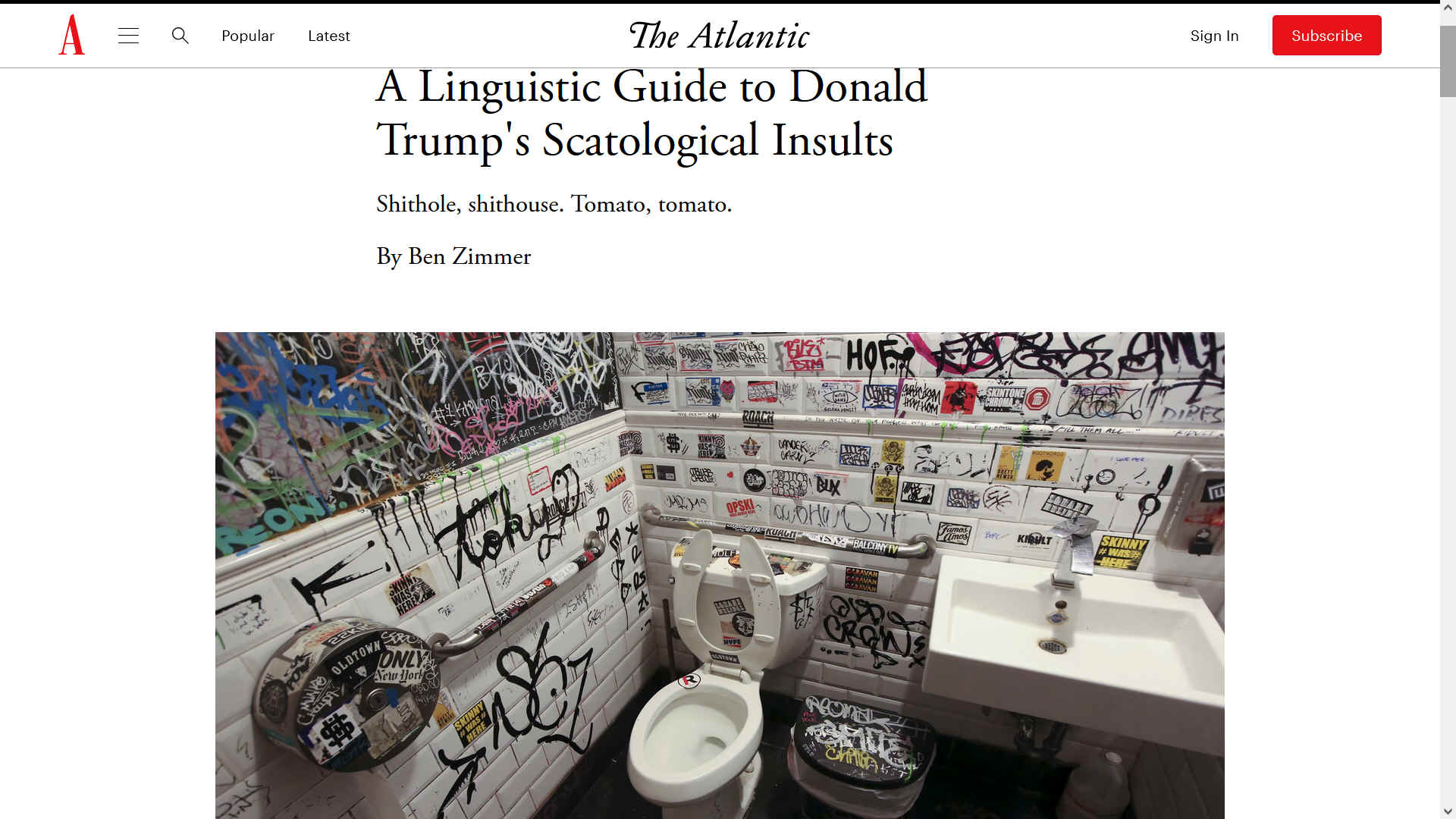|
SARGASSUM
|
|
It's no joke, millions of tons of stinking brown seaweed is choking beaches, turning the Gulf of Mexico and Caribbean Sea into one giant toilet that cannot be flushed. Climate change and leaching of chemicals into the sea is responsible for dumping many of the excesses of developed countries, onto other nations, without any form of compensation. Tough shit!
Sargassum has now reached plague proportions for those geographical unfortunates in the firing line. The brown macro-algae is a seaweed that floats on the ocean, emanating from the Sargasso Sea. Many nations facing into the Caribbean Sea and Gulf of Mexico, and along the West coast of Africa have declared emergencies, escalating from a crisis situation. The nasty smelling mass, as it gathers on the shores and rots, ruins the tourist trade and damages local ecology.
This was an entirely predictable scenario, stemming from global warming. Much as ocean levels rising is sinking vulnerable islands in many oceans.
ISLAND NATIONS UNDER THREAT OF SINKING
Cabo Verde, Republic of Marshall Islands, Republic of the Micronesia, Federated States of
In light of the forecast increase in blooms, we believe there could be a good business case for keeping beaches clear of noxious seaweeds, and turning harvests of macro algae into cash crops, turning a crisis into an opportunity. But machines to deal with the situation need to be specially adapted, custom built units. And there is little point investing in such prototypes, if the sargassum cannot be demonstrably converted to useful income from:
FERTILIZERS - FOODS - MEDICINES - MINERALS - PACKAGING - SUPPLEMENTS - VITAMINS
AFFECTED CARIBBEAN ISLANDS BY POPULATION
Haiti
(Hispaniola)
2022 - Southern Water and other water companies in the UK are pumping untreated sewage directly into the sea. Why? Because, in reality they are not providing the infrastructure (that is legally compliant) to cope with the house building boom. But irresponsible Councils keep on granting planning consents, knowing that they are contributing to global ecological catastrophe's like sargassum in the Caribbean Sea, Gulf of Mexico and West coast of Africa. It stinks. Literally! No houses should be allowed to be built afresh, unless the developer can prove that such consent would be sewage neutral.
Should islanders want to take charge of their own future, secured via a shore cleaning operation cooperative, operations would be far more effective if the 30 or so larger islands worked together to cover each other's backs - and formulate a more coordinated response to sargassum seaweed. By way of a freedom movement from fossil fuel exploitation by the planet's playground bullies.
If that or any similar plan were on the table, there are various concepts that cooperatives may want to explore or use as inspiration for their own solutions. The below are given by way of examples, to encourage local innovation, innovators and entrepreneurs to think outside the box. Or maybe that should be think about bigger boxes and sustainable zero emission harvesting.
ASSOCIATION | CASH CROPS | EXPRESSIONS | INSURANCE | SEA COMMISSIONERS | TAXES
KNOW YOUR ENEMA - 27 MAY 2016 - SCATOLOGICAL POLITICS
Something like this might be applied to the G20 and sargassum. Perhaps as a popular song.
FUNDING ENVIRONMENTAL STRATEGIC ACTION SARGASSUM WHITE PAPER - TURNING A CRISIS INTO AN OPPORTUNITY
Of the headings given above, the potential to turn a plague seaweed, into a cash crop is one of the keys to turning this situation around.
SODIUM ALGINATE
Sodium alginate extracted from sargassum seaweed can have many different applications such as thickening and emulsifying agents, commonly used in pharmaceutical products, cosmetics, food preparation, paper products, textile, etc. Global market demand for sodium alginate is expected to reach over US $923 million by 2025 (Grand View Research 2017). According to Dr. Cantó, “If Mexico could secure 20 percent of the global market share of sodium alginate, that would use 35 percent of the entire amount of sargassum that arrived on the coasts of Mexico in 2019, so that’s a third of the problem solved by just this one product” (Edwards 2020).
CO2 SEQUESTRATION
Although the team believes that their solution is not only sustainable but will also help to alleviate some of the negative impacts on the nearshore environment and the tourism sector, they are aware of the need to further study the environmental implications of seaweed biomass sinking to the deep sea floor. In addition, SOS Carbon is researching and collaborating with other Caribbean governments, such as Jamaica, to determine how best to implement their services and technology in each country, area or hotel resort and build a solid business model to meet the needs of the entire Caribbean community.
It
makes sense to use zero-emission
vehicles for CO2 sequestration, where otherwise the net effect is somewhat
diluted.
LINKS
https://
Please use our A-Z INDEX to navigate this site
|
|
|
|



